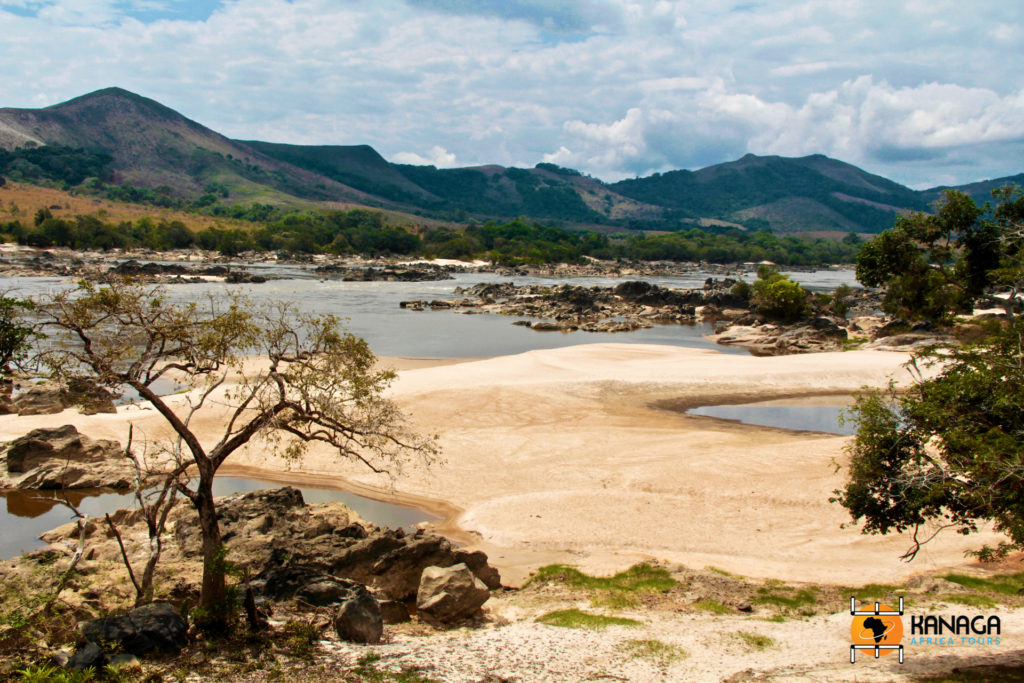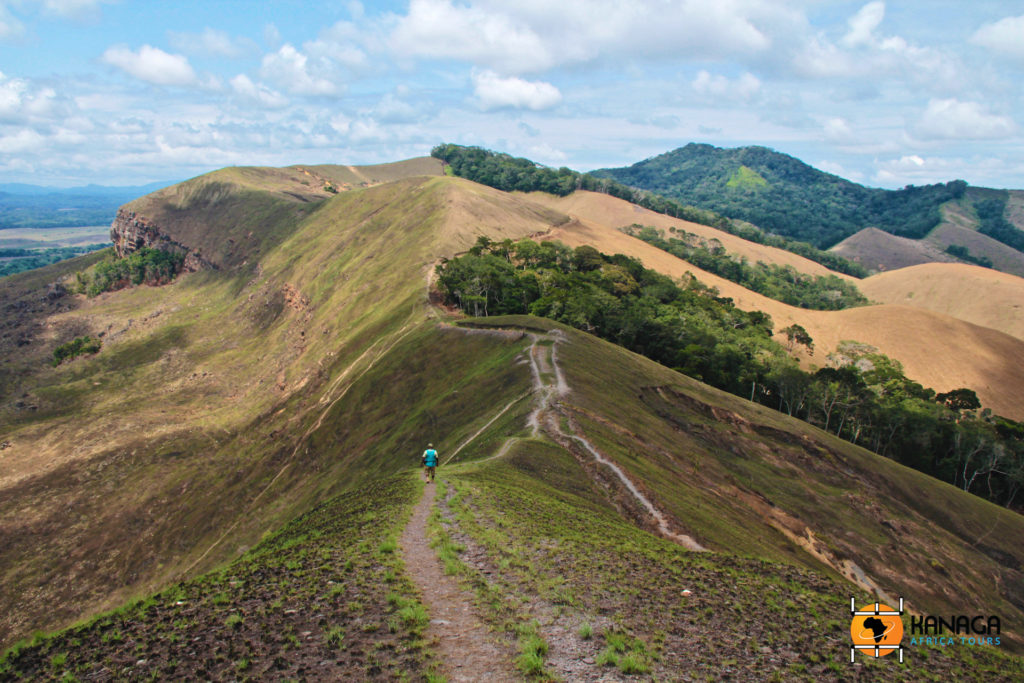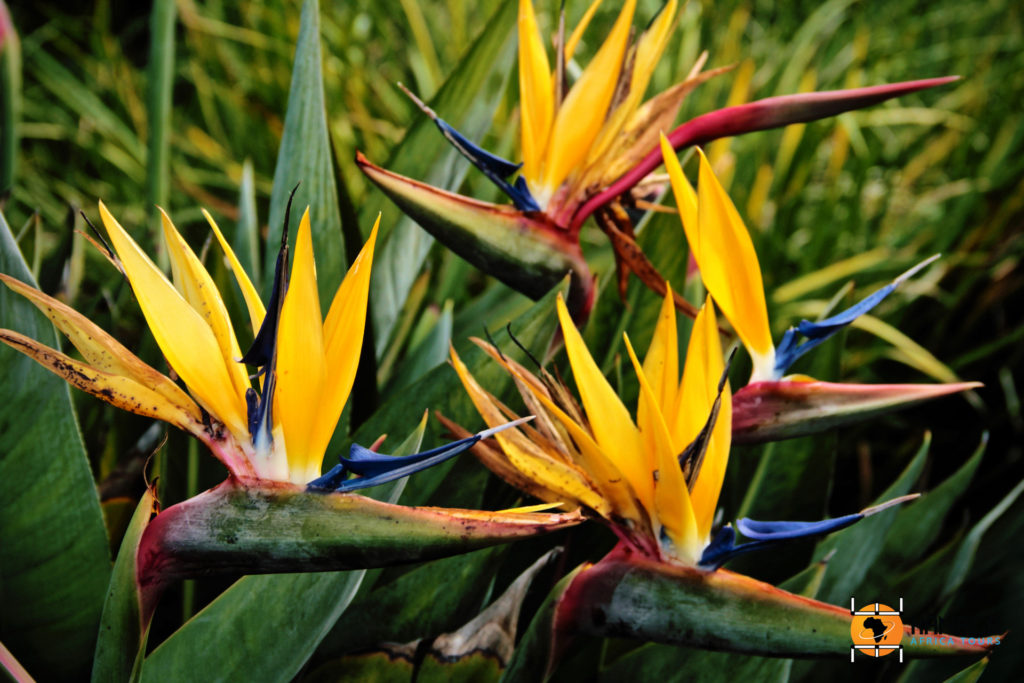The Lopé National Park, a UNESCO World Heritage Site since 2007, geographically occupies the heart of Gabon, a synthesis of a nature that grows luxuriantly on a gentle hilly morphology, at the foot of Mount Brazza, marked by the winding course of the Ogooué River. A region that is difficult to reach due to the lack of practicable access roads, it remains entirely covered with lush virgin forests, mysterious ancient savannahs and sudden clearings, populated by some of the richest wildlife in Gabon.
Its very isolation has preserved intact the ecosystems and traditions of the fascinating peoples who migrated here in successive waves from the 10th century onwards, settling in a wild land that had already been inhabited by unknown peoples since ancient times, as evidenced by Neolithic rock engravings.
Here, the Pygmies and Fangs of Bantu origin became the true custodians of the secrets of an uncontaminated and impenetrable nature, sometimes even hostile. It is in fact with their help that research centres have recently been able to follow the trail to study the gorillas and families of mandrills with multicoloured snouts, which silently populate the expanses and dense vegetation of the park.
On these green lands, between the slopes, the rainforest, the sudden depressions of the clearings (bai), the bends of the Ogooué river and a mysterious savannah, whose ancient origins are still unexplained today, herds of elephants, buffaloes, bushpig, sitatunga, as well as an immense variety of birds, including the endemic rockfowl, roam undisturbed.
A unique spectacle, after a boat trip on the river, is the ascent to Mount Brazza, whose name recalls the 1874 expedition of the French-Italian explorer, Pierre Savorgnan di Brazzà, to admire from above the winding course that the Ogooué River draws on the magnificence of the surrounding landscapes.
The Ogooué-Ivindo region is still to be explored and requires a great deal of motivation, given the impenetrability of many areas, the lack of adequate accommodation and the absence of practicable roads (the train remains the best way to get to Lopé), but it is precisely this aspect that makes it an unforgettable adventure and a destination for true enthusiasts. The encounter with the secrets and ancestral rituals of the fang and pygmy people will do the rest.







